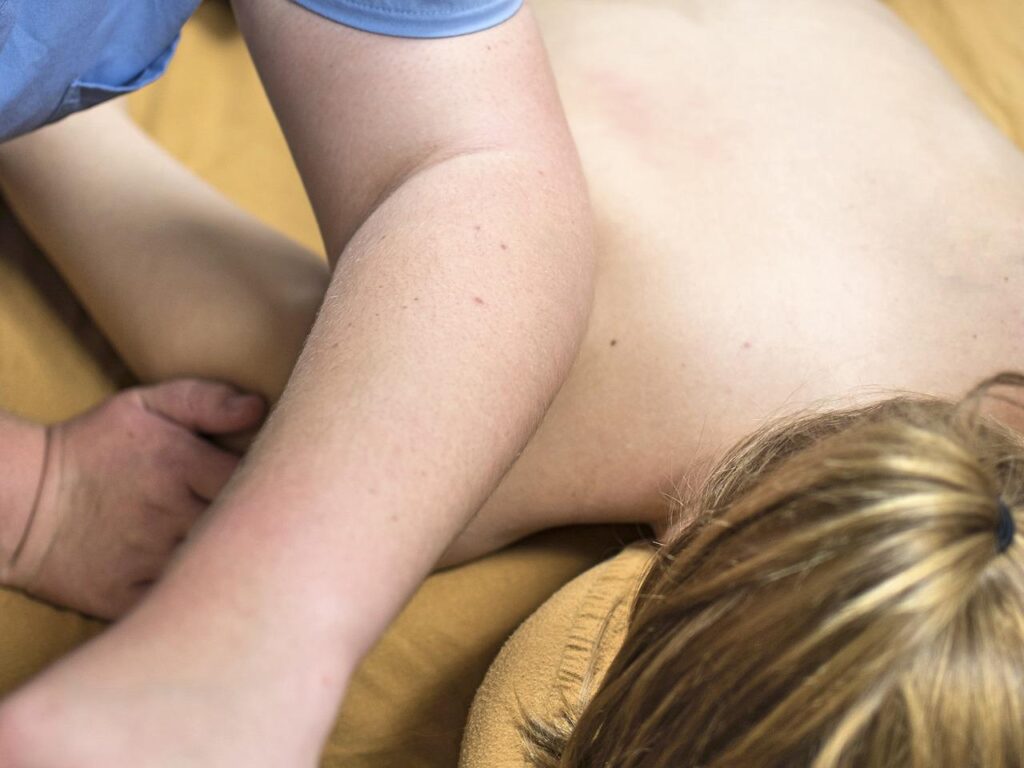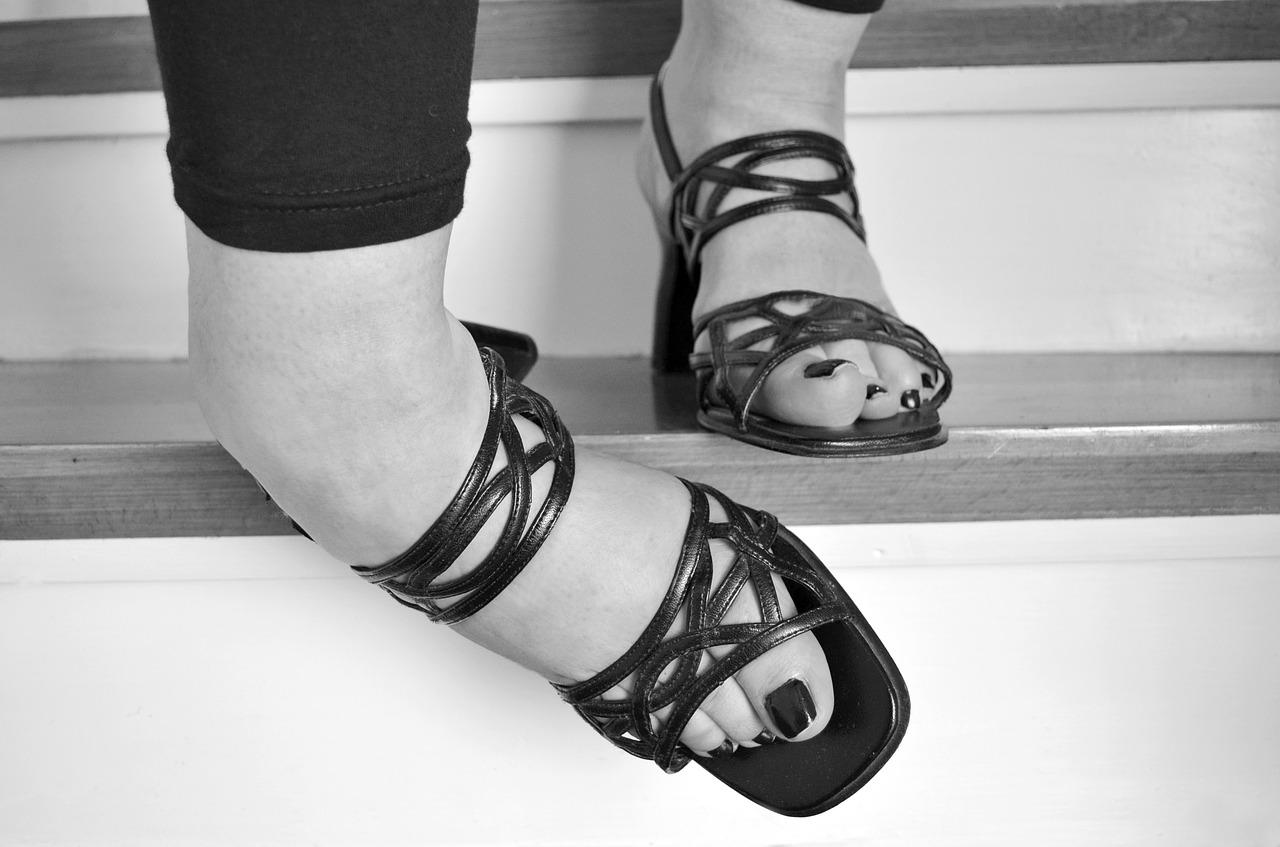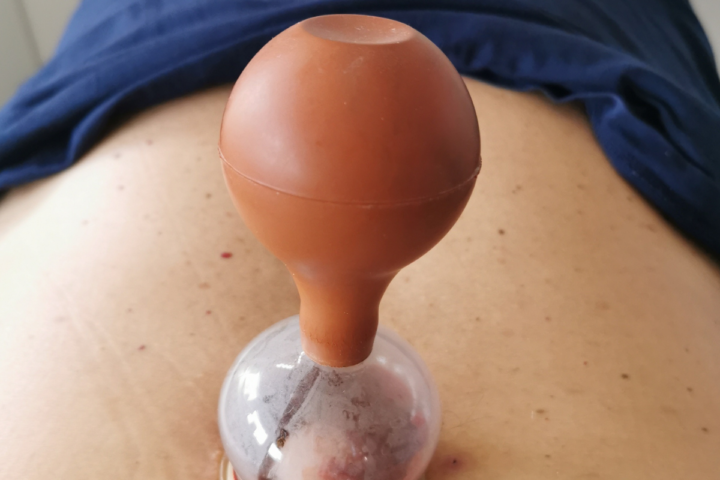The holiday season and the time of holidays encourage people to take up sporting activities more often. Unfortunately, statistics show that most people with a sedentary lifestyle during the year are usually unprepared for physical exertion, which contributes to their higher incidence of joint and muscle injuries. Therefore, often imprudent challenges to different types of activity end up injuries whether during team games, swimming in the lake or trekking. The most common injuries on holiday are sprains, sprains and contusions.
Sore muscles - a common holiday ailment
Sore muscles are the least of our problems when, while on holiday, we start playing sport and neglect our warm-up. This specific muscle pain will also occur after training too intensively. Sore muscles are caused by micro-damage to the muscle fibres due to over-exertion. The best treatment for sore muscles is then to apply warm or cold compresses, or to take a warm bath to warm up the muscles.
Holiday injuries - sprains
Poorly fitting footwear or incorrect foot posture is the most common cause of stretched joint capsules and ligaments, i.e. torsions. It mainly affects the ankle joint and manifests itself as severe pain, increasing when walking. If the severity of the pain decreases, it may be a ligamentous pull. However, if the swelling and pain increase and a haematoma appears, the joint capsule or ligaments may have been torn. In this case, the ankle must be immobilised and a doctor must be consulted. After the injury, it is best to adequately cool the sore and swollen joint and, if this is not possible, wrap it with an elastic bandage, restricting movement.

Overload of the Achilles tendon or fibular tendon
A long walk over varied terrain with inappropriate footwear can also end in injury. Strain of the fibular tendon is less common than strain of the Achilles tendon. With this type of injury, pain is felt from the metatarsal along the outside of the shin. With an Achilles tendon injury, on the other hand, there is pain in the ankle area along with swelling. Cold compresses and non-steroidal ointments are then helpful. However, when the tendon has been torn, this often requires surgical treatment.
Bruises - a common injury on holiday
During holidays, we often have to deal with bruises. They most often occur during a fall, e.g. while playing, running or cycling or riding. A contusion is a minor injury to a joint caused by a fall or impact on a hard surface. Bruising then occurs, which is caused by damage to the subcutaneous vessels and exudation of blood into the tissues. The best thing to do is to apply cold compresses or a gel dressing to the painful area and to immobilise the bruised joint.
Dislocations
A dislocation is when, as a result of trauma, the bones stop contacting each other, making the joint unstable. The symptoms of a dislocation are similar to a sprain, but they include a change in the contour of the joint, as well as an inability to move. Such a joint should be immobilised with an elastic bandage, for example. It is also good to apply a cold compress. Do not set the sprained joint yourself, but contact an orthopaedist who will set the damaged joint and immobilise it properly.
Broken bones - more serious injuries on holiday
Fractures are very common and serious injuries that start with bone fractures and end with open fractures. They often occur during extreme sports, but can also end in cycling or climbing. Such an injury must end with a visit to the orthopaedic surgeon as soon as possible, as badly fractured bones cause later problems with the musculoskeletal system.
Wounds and scratches
They are thought to be harmless, but unfortunately they can effectively spoil a holiday. Abrasions and wounds on the feet make hiking impossible and make swimming in the sea in salty water painful. Smaller cuts should be disinfected on their own. However, if you have large wounds that bleed heavily, are cut, have smooth edges or are contaminated, they should be seen by a doctor because they require intervention and suturing and sometimes also the administration of a tetanus vaccine.




